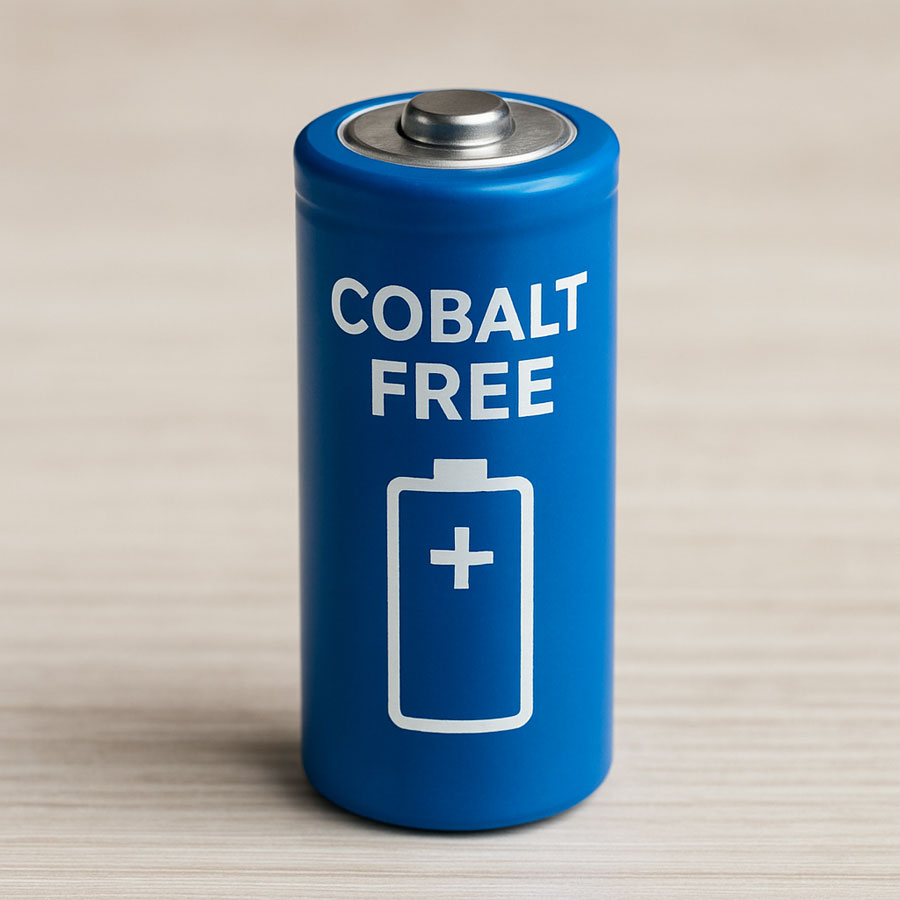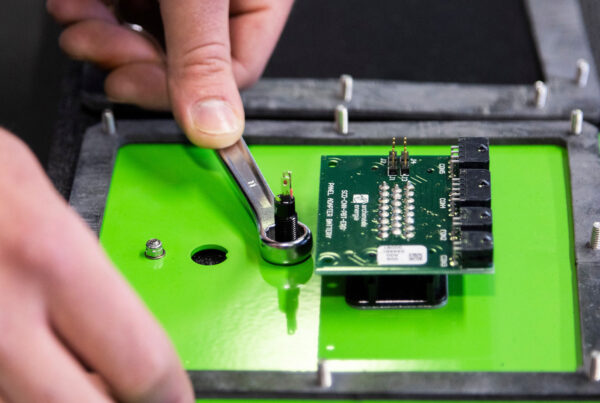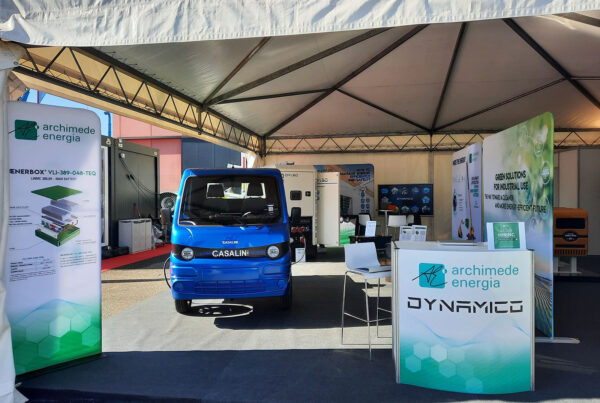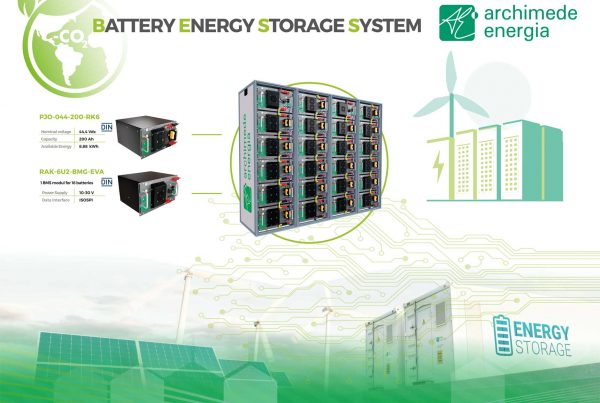In the energy storage landscape, cobalt plays a critical role. This metal is one of the key elements used in lithium-ion batteries, particularly to enhance their stability and energy density. However, behind its technical advantages lies a complex web of ethical, environmental, and social issues that, in recent years, has led many companies in the sector to rethink their material choices.
As a specialized manufacturer of high-performance lithium batteries, we believe it is essential to clarify the role of cobalt, the types of batteries that contain it, and the reasons why it is often avoided.
What is the role of cobalt in lithium batteries?
Cobalt is primarily used in the cathodes of lithium-ion cells, where it helps to:
- Increase energy density — the amount of energy stored per unit of weight;
- Extend battery life cycle
Cobalt-based batteries are widely used in smartphones, laptops, electric vehicles, and other applications where compact size and long autonomy are crucial. Common chemistries include:
- NMC (Nickel-Manganese-Cobalt): extensively used in the automotive industry;
- NCA (Nickel-Cobalt-Aluminum): adopted by several EV manufacturers for high energy density;
- LCO (Lithium-Cobalt-Oxide): very common in consumer electronics.
Ethical concerns surrounding cobalt mining
Around 70% of the world’s cobalt supply comes from the Democratic Republic of Congo (DRC), a country long plagued by political instability, armed conflict, and child labor exploitation.
According to numerous international reports, many Congolese mines operate under harsh and unsafe conditions:
- Workers, often children, dig by hand in dangerous tunnels;
- Safety regulations are poorly enforced or entirely lacking;
- Local communities see few benefits and suffer from significant environmental impacts.
These issues have led to cobalt being listed as a conflict mineral — materials whose extraction fuels violence and human rights violations.

How does cobalt affect battery costs?
Cobalt is a rare and expensive resource, subject to significant price volatility. Geopolitical tensions and production instability negatively impact the supply chain, making battery production more costly.
LFP (Lithium-Iron-Phosphate) batteries, in contrast, are not only more sustainable but also more cost-stable, thanks to the use of more common and geographically diverse raw materials.
Cobalt-free lithium batteries: a responsible choice
In response to these challenges, an increasing number of companies are shifting toward cobalt-free chemistries that offer high performance and greater sustainability. Among these, LFP technology (Lithium-Iron-Phosphate) stands out as one of the most promising.
Why choose LFP batteries?
LFP batteries are characterized by:
- Total absence of cobalt and nickel;
- Superior thermal stability — ideal for industrial applications;
- Longer lifecycle, exceeding 3,000 cycles;
- Inherent safety in case of overheating or impact;
- More competitive long-term costs compared to other chemistries.
For these reasons, LFP chemistry is gaining popularity. At Archimede Energia, we successfully integrate LFP cells in various sectors, including:
- Energy Storage Systems (ESS)
- Electric logistics vehicles (AGVs, forklifts, pallet trucks)
- Battery-powered and hybrid lighting towers
- Electric boatsIndustrial photovoltaic storage systems
Are cobalt-free lithium batteries less efficient?
It depends on the application. LFP batteries typically have a slightly lower energy density compared to NMC or NCA cells, but they provide significant advantages:
- Longer life span: over 3,500 cycles;
- Better thermal safety;
- Greater chemical stability;
- Lower long-term costs.
They are ideal for applications where safety, durability, and reliability are more critical than ultra-compact size.
What is the environmental impact of cobalt extraction?
Cobalt mining is associated with:
- Soil and groundwater contamination;
- Deforestation and biodiversity loss;
- Harmful emissions from mining operations.
Transitioning to cobalt-free chemistries like LFP significantly reduces the environmental footprint of the entire battery production chain.
How is cobalt recycled from spent batteries?
Cobalt can be recovered through chemical or pyrometallurgical recycling processes. However, current technologies still require further investment and optimization. Moreover, recovery is not always economically viable, especially for batteries with low cobalt content.
That’s why minimizing cobalt use from the design phase is a more effective strategy.
Our commitment: performance, transparency, responsibility
As specialized lithium battery manufacturers, at Archimede Energia we have a clear mission: to build high-performance, easily integrable batteries, with a strong focus on ethical and environmental responsibility.
For this reason:
- We prioritize LFP cells in our industrial and sustainable mobility solutions — entirely cobalt-free, to ensure safe, durable, and integrable systems;
- We collaborate with qualified and transparent suppliers;
- We monitor the supply chain to ensure compliance with European regulations and international human rights standards.
Cobalt remains a key component in certain lithium battery technologies today — but it is not the only path forward. Cobalt-free alternatives like LFP batteries offer a more sustainable, safer, and high-performing solution in many applications.
Choosing a cobalt-free battery means making a conscious decision: to reduce the social and ecological impact of technology, and to drive the energy industry toward ethical and responsible innovation.
Want to explore our cobalt-free solutions for your industrial or electric mobility projects?
Contact us — our technical team is ready to help you find the most suitable battery solution for your needs.






